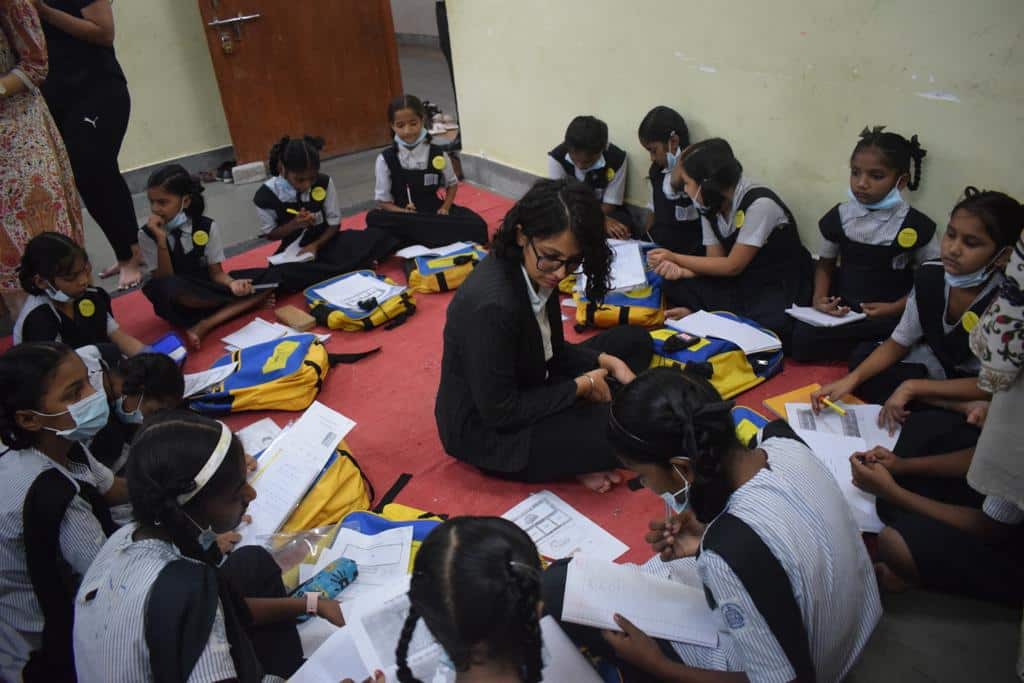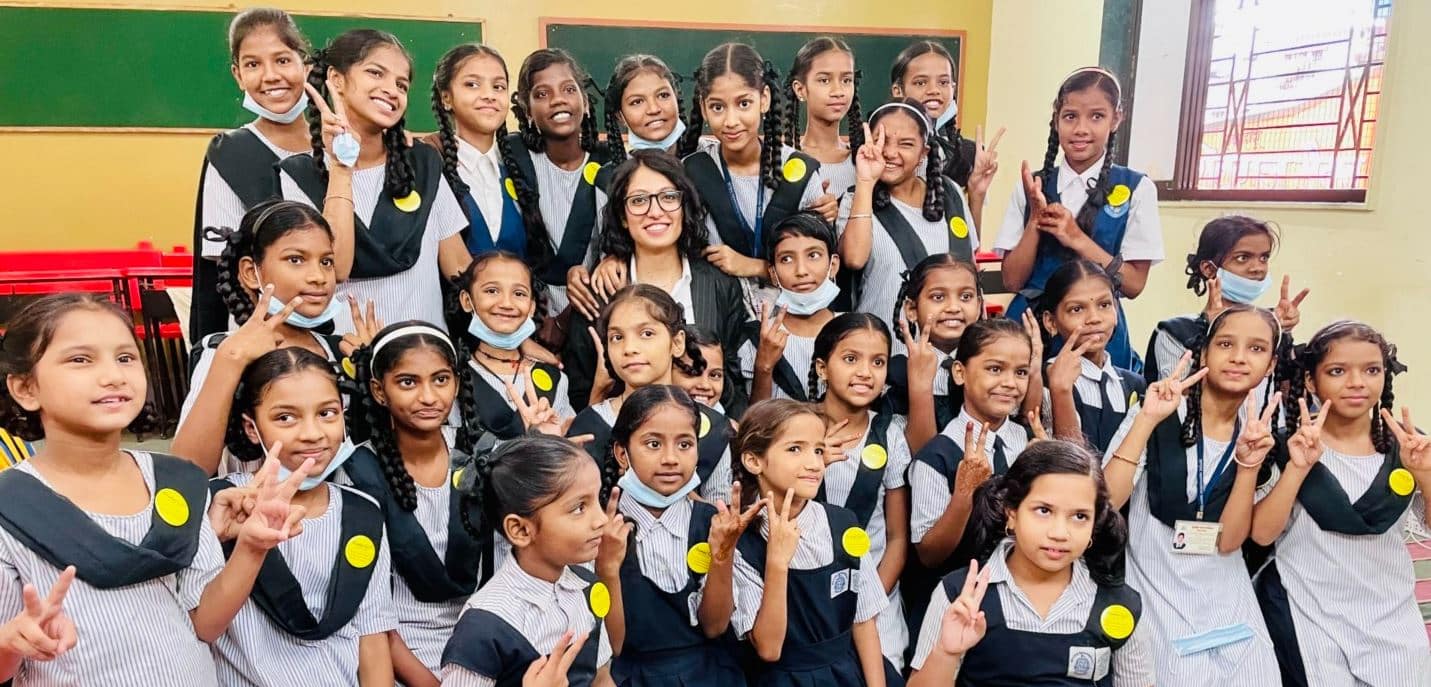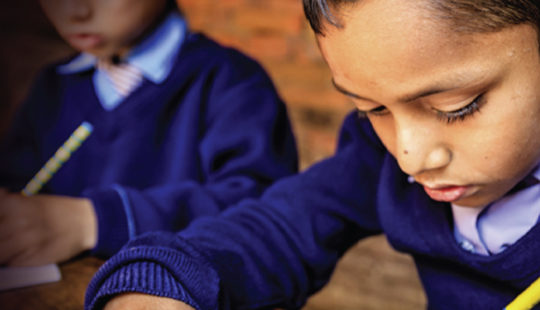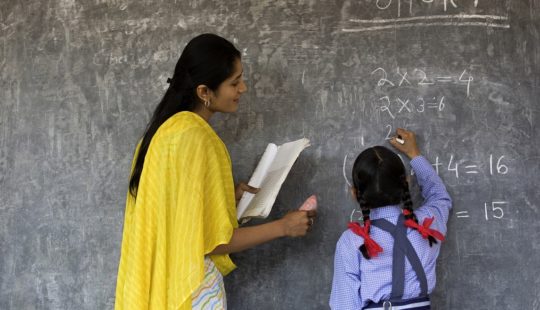I believe that Education, arguably, is one of the most important and enabling imperatives for achieving goals under UN SDGs. It is needless to mention that COVID 19 pandemic and subsequent lockdowns have significantly impacted the digital inclusion or education and learning of school children.
As per UNICEF, schools for 168 million children globally were closed almost for a year during COVID 19 lockdown. In 2020, 247 million students were adversely impacted due to the closure of 1.5 million schools in India. Online education is not an option but has been adopted as an alternative to continuing with education. However, in most instances for schools and communities, lack of access to digital devices, laptops, or mobile phones and the capacity and availability of teachers also negatively impacted the learning opportunities for students.

A Bustling Slum and (lack of) Education Opportunities
Paul Marriott, President, SAP APJ, recently visited one of the schools in Dharavi, for an immersive experience with the students in the school. He was warmly welcomed with Lavani, a traditional folk dance of Maharashtra, by the students. During the visit, he interacted with the young minds and talked about the importance of digital education, and enthusiastically participated in the conversations about their dreams, aspirations, and challenges facing the students.
This visit gave me the wonderful opportunity of interacting with the students in a public school in Dharavi, the largest slum in Asia. Despite the community living in the ill-lit, poorly ventilated & congested households, and filthy roads, there are journeys and stories of grit and determination of young and aspirational minds hidden in corners of the slum- looking for an opportunity and access to quality education and a future that promises to be brighter.
The hope of becoming an engineer, a doctor, and a teacher, was shattered as the pandemic led to the shutdown of classes and schools. There has been a lack of access to learning opportunities. The shift to online delivery of education made the situation even worse as students had no access to digital infrastructure and were left behind with the rest of the students who had access to digital means to access education.

Digital Inclusion Paving the Way Forward
From what I have experienced, Dharavi has endless stories of transformation and has shown the potential to bring change in the lives of its people. One such transformation story is of “Sant Kakkaya Marathi School, Dharavi”, which realized how the pandemic has adversely affected the education in Dharavi and considering the importance of Digital education. The school has been equipped with access to digital means (providing students with AI-enabled tablets) and the teachers from their community, and the school is on its way to adopting National Education Policy 2020. Providing access to digital means, pedagogy, content, and trained resources from the community are enabling the students and schools towards much experiential learning, increased enrolment, and reduction in dropouts.
The school is changing the lives of underprivileged students especially girls by bridging the digital divide through digital education, along with unique pedagogy. The school has established the digital infrastructure ensuring access to quality education through digital technology and focuses on building foundational & language skills, mathematical numeracy, and imprint science education. The public school is surely igniting the passion for becoming teachers, engineers, doctors, and lawyers among hundreds of young students.
We are celebrating International Youth Day on 12th August. On this Youth Day, let’s take a pledge to build a strong foundation for the youth of tomorrow by ensuring access to quality education for all.
Sanchita Chanana is a CSR in-residence with SAP in India.
Get connect with us on Facebook.



